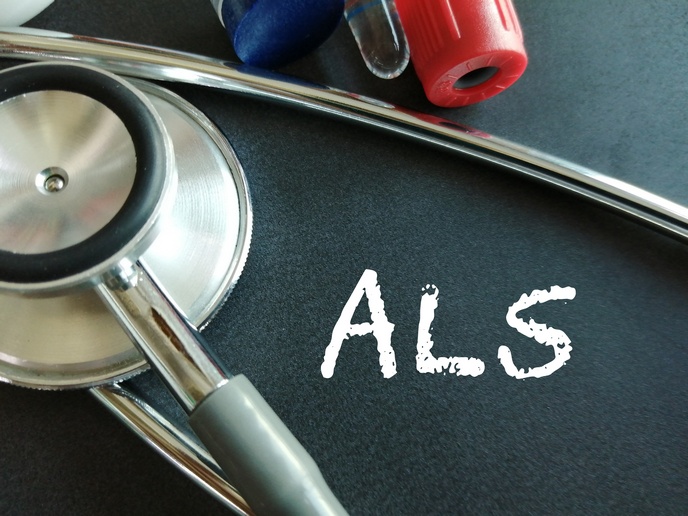New blood test for early detection of amyotrophic lateral sclerosis
Research supported in part by the EU-funded BRAINTEASER(opens in new window) and HEREDITARY(opens in new window) projects has led to the identification of proteins in blood that can accurately detect amyotrophic lateral sclerosis (ALS) up to a decade before. These results, described in a paper(opens in new window) published in the journal ‘Nature Medicine’, pave the way for an urgently needed early diagnosis of this disease. ALS is a rare, fatal neurodegenerative disorder that affects motor neurons controlling voluntary muscle contraction, leading to progressive weakness and muscle degeneration. The disease is rapid and irreversible, increasing in incidence with age, and in most cases sufferers have a life expectancy of 2 to 5 years after the onset of symptoms. Approximately 32 000 people in Europe live with ALS, for which no definitive diagnostic test currently exists.
The light at the end of the tunnel
The research suggests that blood proteins could be a reliable biomarker for this degenerative condition. The team of scientists analysed close to 3 000 proteins from more than 600 individuals, examining not only patients with active ALS but also blood samples donated by people years before any symptoms of the disease emerged. Using machine learning, they identified a distinct protein signature that effectively differentiates ALS cases from healthy individuals and other neurological disorders. The model they created diagnosed the disease with more than 98 % accuracy, distinguishing patients with ALS from healthy people and those with other neurological diseases. “We see the light at the end of the tunnel here, and that target is an approved and available blood test for ALS,” states study co-author Alexander Pantelyat of Johns Hopkins University School of Medicine in a news item(opens in new window) posted on the university’s website. “With a test that allows for earlier detection of ALS, we have opportunities to enroll people in observational studies, and by extension, offer promising disease-modifying—and hopefully disease-stopping—medications, before ALS becomes debilitating.” By analysing blood samples from individuals before ALS symptoms emerged, the research team was able to estimate the age of clinical onset. They found that the disease process – which affects skeletal muscle, nerves and energy metabolism – occurs up to 10 years before any symptoms emerge. “We had always assumed that ALS was a rapid disease that starts 12 to 18 months before symptom onset,” remarks Pantelyat. “But when we look at our findings, we see this has been a process that goes on for a decade or so before the patient ever steps into the doctor’s office or clinic.” The unique set of plasma proteins identified that distinguishes ALS from healthy individuals and other neurological diseases includes the NEFL protein, a proven ALS marker. What makes this study a real breakthrough is the discovery of 16 additional proteins that significantly increase ALS diagnosis accuracy. Identified using predictive modelling, these proteins show how proteomics and machine learning can offer new insights into complex diseases. The BRAINTEASER (BRinging Artificial INTelligencE home for a better cAre of amyotrophic lateral sclerosis and multiple SclERosis) project ended in June 2025. HEREDITARY (HetERogeneous sEmantic Data integratIon for the guT-bRain interplaY) ends in December 2027. For more information, please see: BRAINTEASER project website(opens in new window) HEREDITARY project website(opens in new window)



